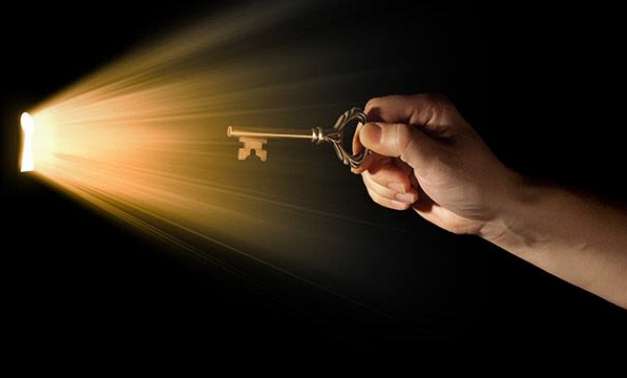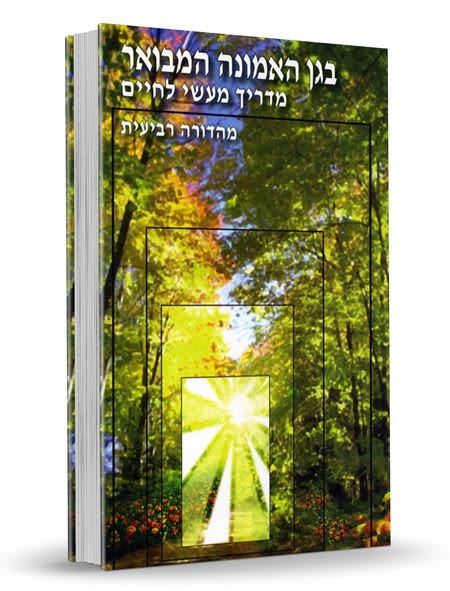
Va’eira: The Big Ten
More than just a punishment, the ten plagues were the battering rams of truth, breaking down the Fantasy world of multiple deities...

Parshat Va’eira
Ten. It is a number repeatedly mentioned in our teachings and laws. Possibly the most famous of the Biblical “tens” is the ten plagues which we read about in these Torah portions and we recount during our Passover Seder. In Judaism all numbers, including the number ten, are latent with meaning. Let’s try to delve and understand the significance of ten in general and its connection to the plagues in particular. There is an unusual teaching of our Sages in Ethics of the Fathers as follows: “With ten utterances (from Hashem) the world was created. What does this come to teach us? Couldn’t the world have been created with one utterance? This was in order to bring punishment to the wicked who destroy the world that was created with ten utterances and to give good reward to the righteous who maintain the world that was created with ten utterances.”
What is the message of this teaching? What does reward and punishment have to do with how the world was created? Would the concept of reward and punishment have been invalidated had the world been created with one utterance? Obviously there is no way to picture what happened during creation. Even so, it would appear that knowledge of the number of stages of creation is essential. Why? Many people are aware that there is a special obligation for Jewish men to pray as a group. The requirement of a minyan (necessary quorum) for collective prayers is for ten men to pray together.
What is the significance of a minyan and why is ten the operative number? (For those women reading this article, I’m not planning on discussing why communal prayer doesn’t include women. Further on in this article I will try to mention an idea which I hope will provide some clarification on this sensitive topic.)
A major function of prayer is to help us focus and connect each individual to his or her unique purpose in this world. Prayer is one of the most important ways of being in contact with those internal truths. However, Jews are not  individuals living life in a vacuum. We live in society and have a responsibility to strive to connect with the world at-large in order to make the earth a more G-dly place. To successfully accomplish this we need to tap into additional internal truths to guide us to develop the best community possible. The format for that introspection is called a minyan. The prayer that takes place in this group functions differently than individual prayer.
individuals living life in a vacuum. We live in society and have a responsibility to strive to connect with the world at-large in order to make the earth a more G-dly place. To successfully accomplish this we need to tap into additional internal truths to guide us to develop the best community possible. The format for that introspection is called a minyan. The prayer that takes place in this group functions differently than individual prayer.
In collective prayer we think about and pray for communal well-being and success. In fact, most of the prayers are said in plural form, focusing on “us” and not “me”. The truth is that the aim of a minyan is to develop a consciousness of both the individual and collective sensitivities. Ideally the ten men should focus and reflect upon both of these aspects. The members of a minyan should see themselves as both ten individuals and as one collective social unit. At the same time that they are focusing on their individual needs, they should attempt to meld into an organic unit, a mini-society. This duality of individual and collective prayer is represented by the number ten which represents both the individual and the community- ten components, one unit.
Our numbering system is well suited to understanding this idea. The gathering of ten units produces an entirely different column of numbers. The numbers one through nine maintain their identity in the “ones” column, whereas the addition of even one more of any item changes the count to a second column, the “tens” column. This isn’t random or an interesting coincidence. This ancient idea carried into our number system and reflects the idea that ten is qualitatively different than nine.
In terms of the question raised before about women praying in a minyan, there is no doubt that society at large could not function without the essential contributions of women. However, here we aren’t discussing the composition of society, rather the delicate process of prayer, individual and collective. The woman’s internal world is often more penetrating and less superficial than man’s. The Sages were concerned that the public format of communal prayer might interfere with accessing the profound truths and depths found within women. To obligate women in community prayer and suffer the possible loss of internal dialogue was considered too high of a price to pay.
When Hashem created the world, primary in His priorities for mankind was the necessity of free choice. On one hand, with a positive use of choice we would have the ability to see and connect to the inherent G-dliness in everything, finding the common denominator which connects all of life. On the other hand, we could relate to life as a conglomeration of disparate, unrelated units of existence. Hashem made a multi-faceted world. The very same differing aspects of life either bespeaks a Creator who wove an incredibly complex and interconnected universe or the randomness of chance. For the righteous (and hopefully that includes us) the astounding interconnections and ecology of the different aspects of life is like an orchestra playing one glorious symphony. For the wicked (or those far from sensing this unity), life is comprised of separate, often discordant, segments of an unrelated reality. Man was given the choice to see life through either lens. Had the world been created through one utterance this would have signified a lack of free choice. One utterance, one obvious reality, no choice. So free choice was given to man. This choice was symbolized by our sages in the Ethics of the Fathers by the number ten. We can see the unity of oneness through the interconnection of the ten sayings of Creation. Or we can view life as disjointed and aimless. We can either see the ten as one or remain seeing ten as ten.
Intrinsic to Egyptian enslavement of the Jewish people was their denial of what we stood for as a people. In the presence of miracles, Pharaoh repeatedly denied the oneness of Hashem and His world. He created a shell of darkness and tried “replacing” Hashem with a multiplicity of deities. In order to break through the shells and barriers Pharoah attempted to build, Hashem commanded that there be ten plagues. More than just a punishment, the ten plagues were the battering rams of truth, breaking down the false illusion of the disparity of life. The unity of oneness was the true message behind the ten different plagues. Ultimately Pharaoh learned the lesson, realizing the foolishness of his polytheistic beliefs and admitting to the truth of Hashem’s oneness.
We wait daily to see Hashem’s unity and blessing in this world. The more we search, realize, and find that unity in all of life, the more we set the stage for the final revelation of the time when the whole world will recognize the astounding interconnection and oneness of all of Hashem’s world.









